Search the collection
Filter By
Object Type / Material
Geographic Location
Department
Date
Show Only:
- As part of the Met's Open Access policy, you can freely copy, modify and distribute this image, even for commercial purposes.APIPublic domain data for this object can also be accessed using the Met's Open Access API
Objects with changed or unknown ownership in continental Europe between 1933-1945. Learn more
More than 10,000 results for European, possibly Germany
Sort by:
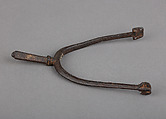
European, possibly Germany
10th–11th century
Central European, possibly Germany
probably 17th or 18th century
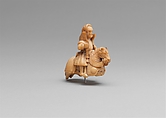
Western European, possibly Germany or England
ca. 1510–30
European, possibly Germany
15th century

North European, possibly northern Germany
10th century

On loan to The Met
European, possibly Germany
ca. 1100

Germany, Middle Rhine
ca. 1460–70

Giambologna
17th–18th century
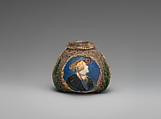
Germany, Nuremburg
ca. 1530
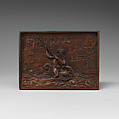
Peter Flötner
ca. 1530

Northern European (probably Germany)
17th century

Germany
late 19th century
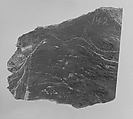
Germany
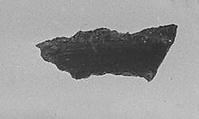
Germany
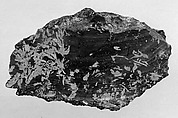
Germany
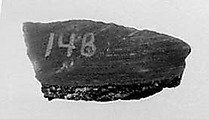
Germany
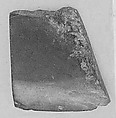
Germany
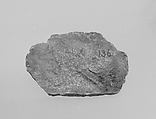
Germany
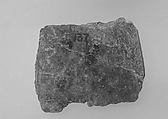
Germany
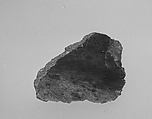
Germany
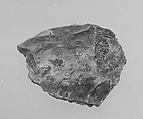
Germany
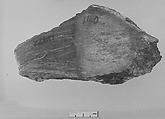
Germany
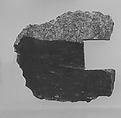
Germany
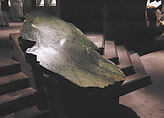
Germany

Germany
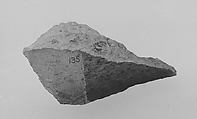
Germany
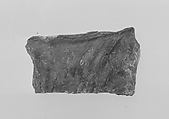
Germany
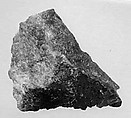
Germany
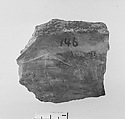
Germany

Germany

Germany

M. S. of Nuremberg, Germany
ca. 1720

Northern European (possibly south Lowlands or Germany)
probably late 17th century

Transylvania
ca.1600
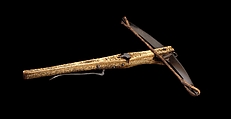
Central European, possibly southern Germany
late 15th or early 16th century, and later; date 1584 engraved probably during the 19th century
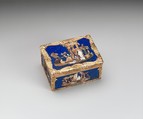
D. B., Stettin, Germany
1765–70
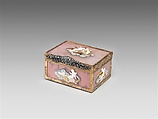
D. B., Stettin, Germany
last quarter 18th century

Southern Germany or Austria
ca. 1235–50

Northern European (probably Bohemia or Germany)
possibly early 16th century; probably late 19th century
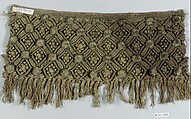
possibly European
19th century (?)